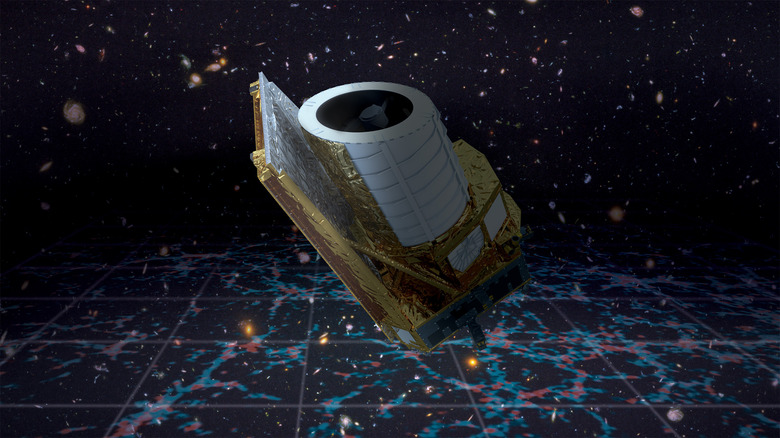The Euclid Space Telescope's First Official Images Will Blow Your Mind
We finally have the official first images from the European Space Agency's (ESA) Euclid space telescope, and they are absolutely breathtaking. The mosaic of images includes captures of more than 14 million galaxies, and it gives us a very brief glimpse into what astronomers call a "cosmic atlas."
Carole Mundell, the director of science at the ESA says "the scale is utterly incomprehensible," and she isn't wrong at all. Looking at the mosaic of images that the ESA shared at the recent International Astronautical Congress in Italy on October 15, it's hard not to be completely impressed with what you see.
The ESA says the image would require more than 16,000 4K TV screens in order to showcase the image in full resolution, and this is only one percent of the final map that the Euclid telescope will capture. The first series of Euclid images is made up of more than 200 individual pieces (260 to be exact).

Once the telescope is done capturing images, and scientists have had time to piece them all together, it will be the largest and most accurate map of the universe that humans have ever created. And it will take around six more years for the telescope to finish gathering those images.
Until that time comes, though, we'll just have to work with Euclid's first images and see how scientists use them to further their understanding of the universe, which is exactly what this image and others like it will do. If you look deeper at the image, you'll also notice the whispy, blue band across the image.
This, the ESA says, is a line of dust and gas found within the Milky Way. It's also known as the "galactic cirrus." Further, zooming in on the image will allow astronomers unparalleled views of galaxies and black holes hundreds of millions of light years away, including some supermassive black holes.
